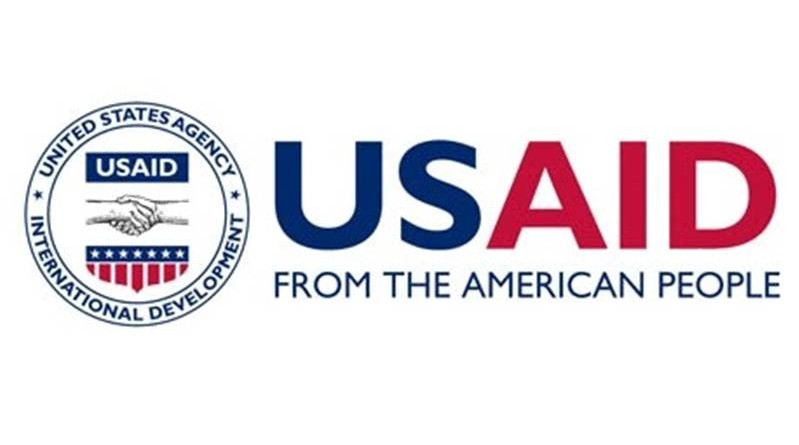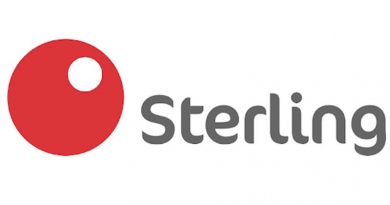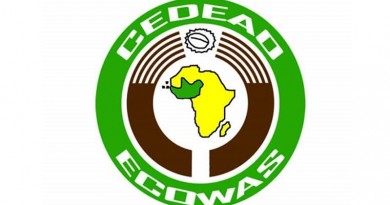More than 1.5million vulnerable Nigerians reached by USAID with HIV Control Activity
The U.S. Agency for International Development (USAID) closed the books on a long running activity that provided high quality and stigma-free HIV prevention services to some of the most at-risk populations with the overall aim to control and ultimately eradicate the deadly virus in in Nigeria.
Along the way the Integrated Most-at-Risk-Populations HIV Prevention Project provided testing for HIV, the virus that causes AIDS, to more than 518,000 people at risk, and reached another 898,000 individuals with HIV preventions adapted to their gender.
More than 44,000 people were diagnosed with HIV through this One-Stop-Shop service delivery model project, which provided 23,000 people with life-saving antiretroviral therapy, 85 percent of whose infection is now untransmissible with a suppressed viral load. The treatment was provided in ‘safe spaces’ that encouraged the community members to discuss their health issues in confidence with healthcare professionals.
“USAID remains committed to working with the Nigerian government and people to improve delivery of services for people infected with HIV marginalized groups,” USAID Mission Director Stephen M. Haykin said at a closing ceremony for the activity. “As we look to an AIDS-free generation, Nigeria can serve as a source of inspiration and hope to the world.”
Implemented by Heartland Alliance International since 2009, the activity has built the capacity of ‘key population’ organizations and strengthened civil society space to advocate for and provide quality HIV services and protection to some of Nigeria’s most vulnerable communities: commercial sex workers, the LGBT community, intravenous drug users, and truck drivers. The ‘one-stop’ services were available in 25 clinics across Akwa Ibom, Cross River, Lagos, Benue, Nasarawa and Rivers states and the Federal Capital Territory.
To address the socio-cultural constraints that inhibited these populations from accessing critical medication and services, USAID engaged extensively with key stakeholders including the police, the human rights commission, local officials, traditional leaders, and clergy to help ensure the safety and security of communities affected by and vulnerable to HIV infection.
While the Integrated Most-at-Risk-Populations HIV Prevention Project is at an end, Haykin said a successor activity has recently begun operating to augment existing USAID HIV care and treatment efforts to advance Nigeria’s pathway to epidemic control by increasing access to comprehensive HIV prevention, treatment and care services. Follow-on activities will develop tailored innovative social behavior change communication resources to reach the ‘key populations’ crucial to ending HIV/AIDS for good.




